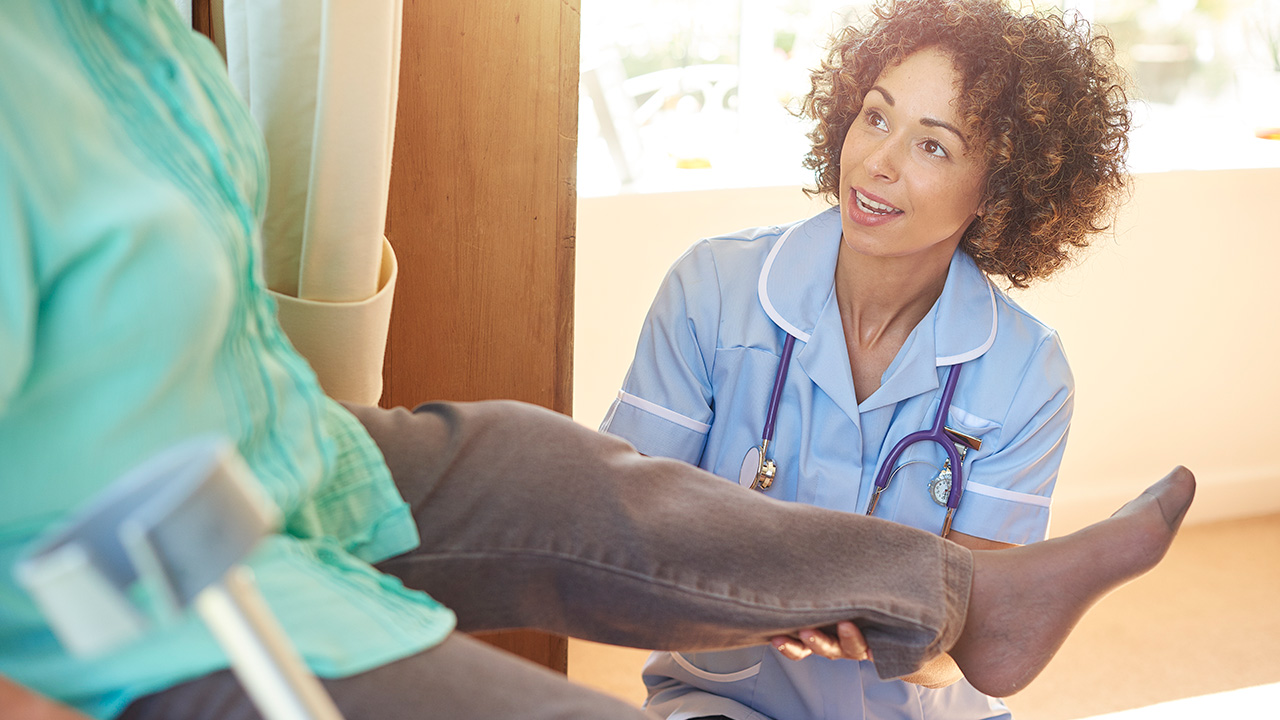Unnecessary emergency visits for some hip and knee patients
A new Sunnybrook-led study suggests that some patients who seek care at a hospital emergency department in Ontario within a month of having a hip or knee replacement may not need to.
The paper, published in the February 2020 issue of the Canadian Medical Association Journal, shows that between April 2011 and March 2016 in Ontario, one in seven patients presented to the emergency department within 30 days of their joint replacement surgery – and most were due to concerns over wound issues, infection and pain. Fewer than one per cent required re-admission to hospital.
“Most of these patients could be managed remotely or as outpatients, suggesting the need to educate patients on the normal course of pain and wound appearance after total joint arthroplasty, and where to seek care when they do need it,” says Dr. Bheeshma Ravi, lead author of the paper and an orthopaedic surgeon with the Holland Bone and Joint Program at Sunnybrook.
The study compared the data of patients who did and did not go to an emergency department to seek health care, and looked at what brought them to seek emergency care and also at the differences in their use of health-care services in the year leading up to the surgery and the year after their surgery.
“What we wanted to know was why did these patients seek out emergency treatment and could something have been done to prevent it. In most cases, the answer is yes,” says Dr. Donald Redelmeier, senior author of the study and senior core scientist at ICES, formerly known as the Institute for Clinical Evaluative Sciences. “There is a crucial need for strategies to identify those patients who may benefit from special intervention, and minimize unnecessary emergency events. As healthcare providers, it is imperative to evaluate our processes to ensure we’re doing our best to minimize complications for patients and to ensure efficient use of healthcare resources.”
Unnecessary emergency department visits often result in unnecessary investigations (i.e. imaging to rule out a blood clot) and treatments (such as use of antibiotics) that not only expose patients to additional risk, but are also costly. With the system’s current challenges with “hallway medicine," it is only more imperative to look at gaps that could otherwise be filled.
“Our goal in orthopaedics is to bring mobility and quality of life back to the patient, and to do so in the most effective and efficient processes for both the patient and the healthcare system,” adds Dr. Ravi, also an assistant professor in the Division of Orthopaedic Surgery at the University of Toronto. “This includes providing effective patient education to aid the patient in their recovery, and to help limit unnecessary emergency room visits and hospital readmissions.”
Visit http://cmajopen.ca to read more on the study.
Some examples of Sunnybrook’s leadership in patient education for hip and knee replacement surgery:
- A range of patient education materials are made available to patients in both hardcopy and electronically.
- Each patient receives a telephone call within 48 hours of going home to answer questions and help problem-solve if needed.
- Sunnybrook is leveraging digital technology to support patients recovering at home after surgery; one such example: myHip&Knee App.






